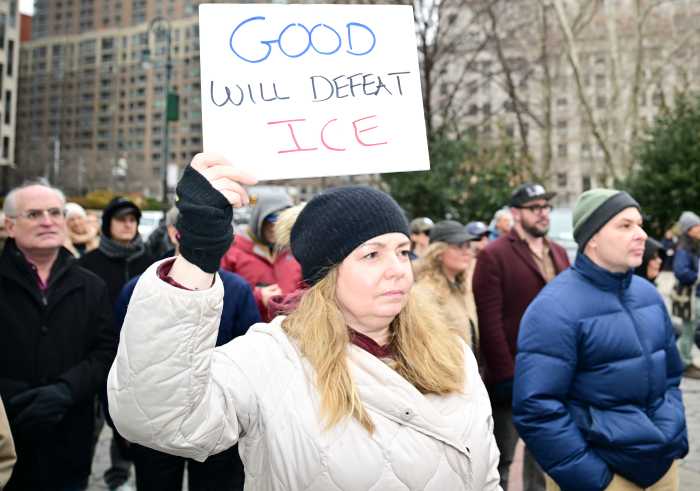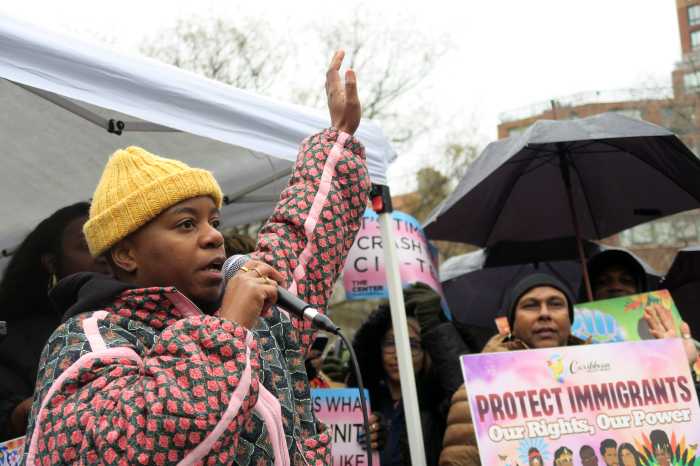Superstorm Sandy was an unprecedented natural disaster for New York City.
The storm, which hit the city six years ago, began as a hurricane in the Caribbean, and then made its way north. It lost some of its tropical storm characteristics before making landfall in New Jersey on Oct. 29, 2012, but encountered another weather system that prevented it from moving out to sea, the National Hurricane Center said.
The massive storm, dubbed a superstorm, showed characteristics of both a tropical storm and a nor’easter.
Here’s a look back at Sandy’s size, strength and the damage it caused in New York City:
3 landfalls: Sandy first made landfall on the island of Jamaica on Oct. 24, 2012, as a Category 1 hurricane. It strengthened to a Category 3 hurricane, meaning it had winds more than 110 mph, and made landfall in Cuba the next day. The storm made its third landfall in Southern New Jersey on Oct. 29, according to the NHC.
900 miles wide: When Sandy made landfall in New Jersey, it extended about 900 miles from end to end, the NHC said. It was the second-largest Atlantic storm on record, FEMA said.
80 mph: The winds were 80 mph when it made landfall in New Jersey.
9 feet of water: During Sandy, the storm surge, coupled with an already high tide led to major flooding. Based on recordings by the National Ocean Service, parts of Battery Park could have been inundated with up to 9 feet of water.
51 square miles: About 17 percent of New York City’s total land mass, or 51 square miles, was flooded, a report released by the mayor’s office said.
43 deaths: There were 43 casualties in New York City as a result of the storm. There was a total of 147 deaths directly caused by Sandy, including 72 in the United States, NHC said.
17,000 homes: Across the five boroughs, 2,000 homes were severely damaged and 15,000 were moderately damaged, according to 2012 and 2013 FEMA and Department of Buildings assessments.
2 million people: Nearly 2 million people were without power at some point during the storm, the mayor’s office report said. Almost a third were in Manhattan.
20,000 trees: About 20,000 street and park trees were damaged or downed, the mayor’s office said.
$19 billion: The estimated cost of damage after the storm in New York City was $19 billion. Nationally, FEMA estimated that the storm led to $50 billion in property damage.
Read more: U.S. Open Boosts Queens Economy Despite Criticism




































